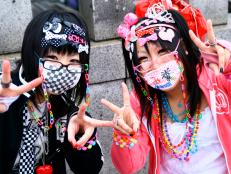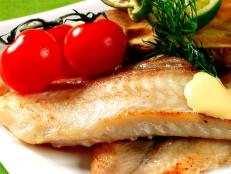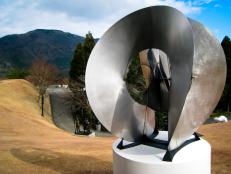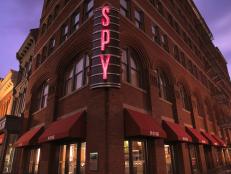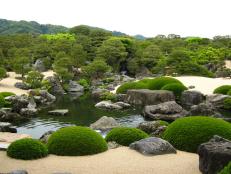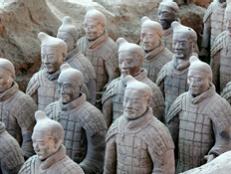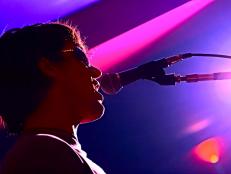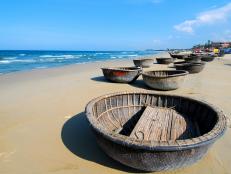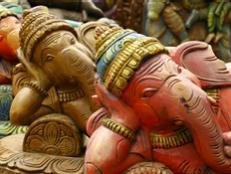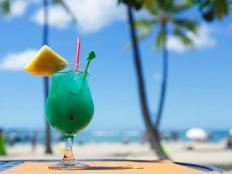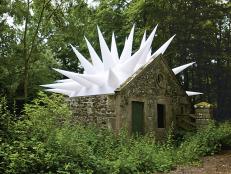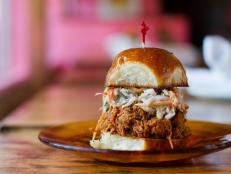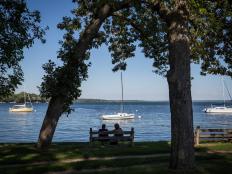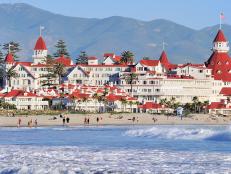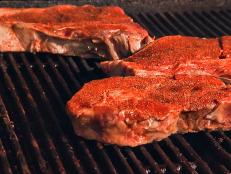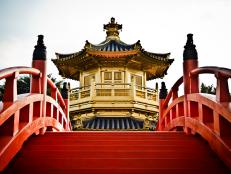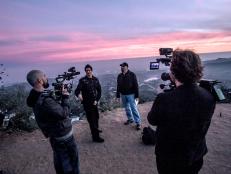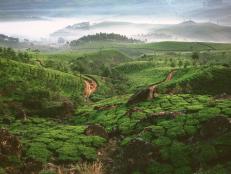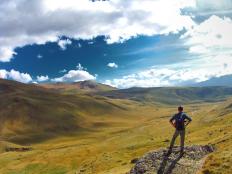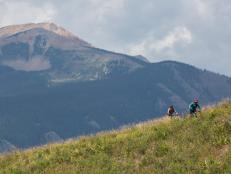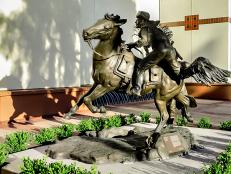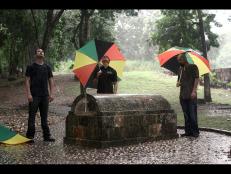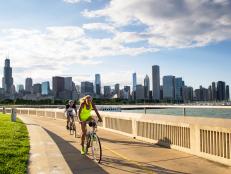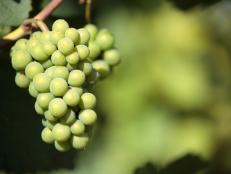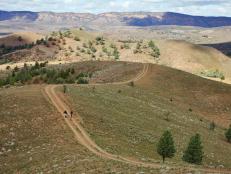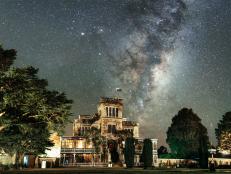Tokyo’s Most Popular Neighborhoods
1. Shibuya
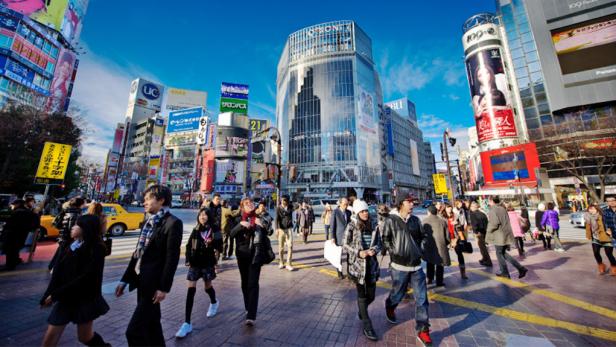
Photography by iStock
Much like no visit to New York City is complete without seeing Times Square, it’s hard to say you’ve “done” Tokyo without watching the human tide roll in and out at Shibuya Crossing, often called the world’s busiest crosswalk.
Another of Shibuya’s must-see sights is Meiji Shrine, the most popular of Tokyo’s Shinto shrines. Built in 1915 to honor Emperor Meiji, the sanctuary and its forested grounds within Yoyogi Park receive millions of visitors every year.
2. Harajuku

Photography by iStock
Adjacent to Yoyogi Park and located within Shibuya, Harajuku is ground zero for Japan’s Harajuku culture, a constantly evolving street fashion movement typified by everything from cosplay and gothic punk to Victorian-era clothing and garish, mismatched outfits.
The best place to get an up-close look at this street fashion scene is pedestrian-only Takeshita Street—especially on Sundays—where the city’s youth gather in all their Harajuku glory. Nearby Omotesando, a tree-lined street often compared to Paris’ Champs-Élysées, features a high-end fashion scene with flagship stores from names like Louis Vuitton, Prada and Gucci.
3. Ebisu
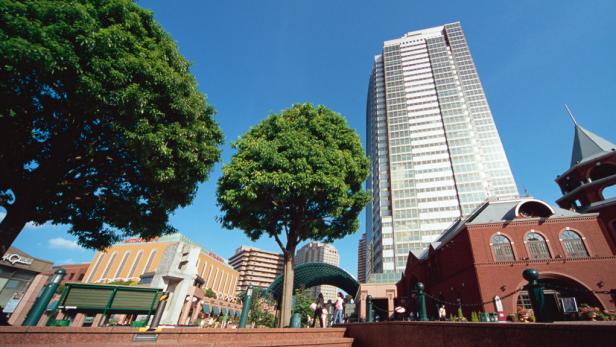
Photography by Getty Images
The heart of Ebisu, one of Tokyo’s most expensive neighborhoods, is Yebisu Garden Place, a collection of buildings and skyscrapers that houses restaurants, shops, hotels, offices and museums. This “city within a city” is built on the site of the former Japan Beer Brewery Company.
For a neighborhood built around beer, what better attraction to visit than the Yebisu Beer Museum? Located near parent company Sapporo’s world headquarters in Yebisu Garden Place, the museum features tours (in Japanese), exhibits and a beer tasting room.
If your cultural interests lean more toward art than malt beverages, Ebisu’s Metropolitan Museum of Photography features a large permanent collection and frequently changing exhibitions. Admission to the main building is free, though there is a fee for individual exhibits.
4. Shinjuku
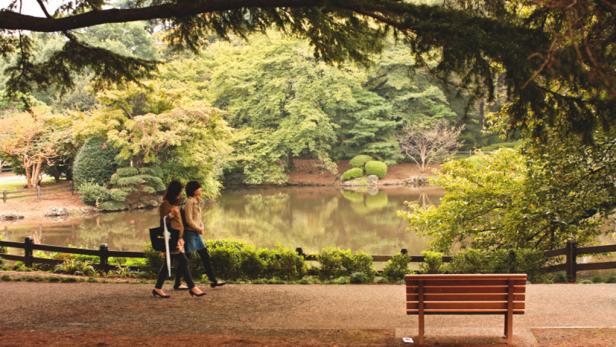
Photography by iStock
One of Tokyo’s most beautiful outdoor spaces covers 140 acres in Shinjuku: Gyoen National Garden features stunning examples of French Formal, English Landscape and Japanese traditional gardens. And with more than 20,000 trees, the park is a must-visit to see cherry blossoms in spring or turning leaves in autumn.
For a uniquely Japanese nighttime adventure, explore Shinjuku’s Golden Gai, a warren of nearly 200 tiny bars (most the size of a small bedroom) squashed into 6 narrow alleyways. While the buildings appear ramshackle, the area provides a glimpse into Tokyo’s past, before most of the city was bulldozed to make way for concrete high-rises.
For an even more frenetically Japanese experience, 2 words: Robot Restaurant. Bikini-clad dancing girls astride robotic sharks, neon tanks driven by monkeys, robots fighting dinosaurs: you’ll feel like you’re dining inside a giant video game.
5. Ginza
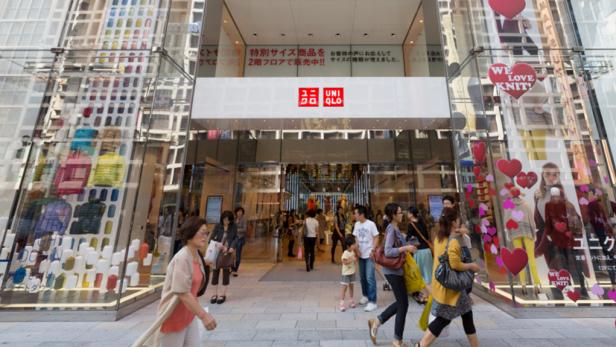
Photography by iStock
While you can find high-end fashion in Harajuku, Ginza is the true shopping mecca of Tokyo. Here you’ll find the world’s elite designer brands like Dior, Chanel and Tiffany & Co. alongside Tokyo’s top department stores Wako, Mitsukoshi and Matsuya.
On weekends, the main street through Ginza (Chuo Dori) is closed to vehicular traffic, creating a “Pedestrian Paradise.” In addition to allowing more space for shoppers, the closure also brings out street musicians and merchants.
And Ginza is not all about shopping: nearby you’ll find the Imperial Palace (and its gorgeous Japanese gardens) and world-famous Tsukiji Fish Market (the world’s largest wholesale seafood market).
6. Roppongi

Photography by iStock
If you’re looking for Tokyo’s nightlife, Roppongi is the go-to place for both foreigners and young Japanese alike. The area boasts the highest concentration of bars and nightclubs in Tokyo, including such fixtures as Eleven (formerly Space Lab Yellow), SuperDeluxe and Geronimo.
Recent mega-developments Roppongi Hills and Tokyo Midtown have put a new polish on the district’s reputation. Amongst extensive retail, leisure and office spaces, these complexes also feature cultural institutions like the Mori Art Museum and Suntory Museum of Art.
7. Ueno
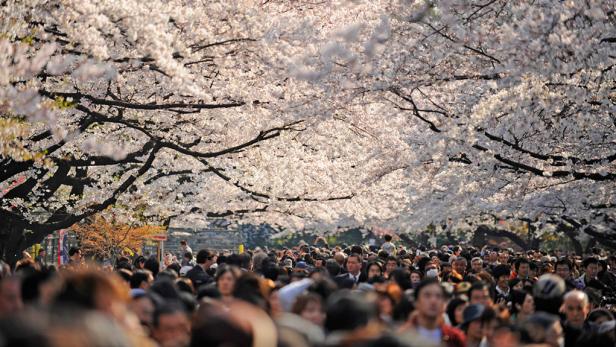
Photography by iStock
The crown jewel of Ueno—and the cultural center of Tokyo—is Ueno Park. Within its expansive grounds, you’ll find dozens of museums, temples, concert halls, art academies and other attractions. Some of the most notable include Tokyo National Museum, founded in 1872 (not long after the word “museum” first entered the Japanese language); Ueno Zoo, Japan's first zoological garden; and Kaneiji Temple, a 5-story pagoda structure.
Ueno Park is also a top destination for hanami, the Japanese custom of viewing and appreciating cherry blossoms. With more than 1,000 cherry trees, Ueno Park fills up between March and May with hordes of people celebrating the blossoming with parties and picnics.
Best of all, the Keisei Skyliner provides a direct train to and from Narita Airport, making Ueno a perfect place to start or finish your visit to Tokyo.
